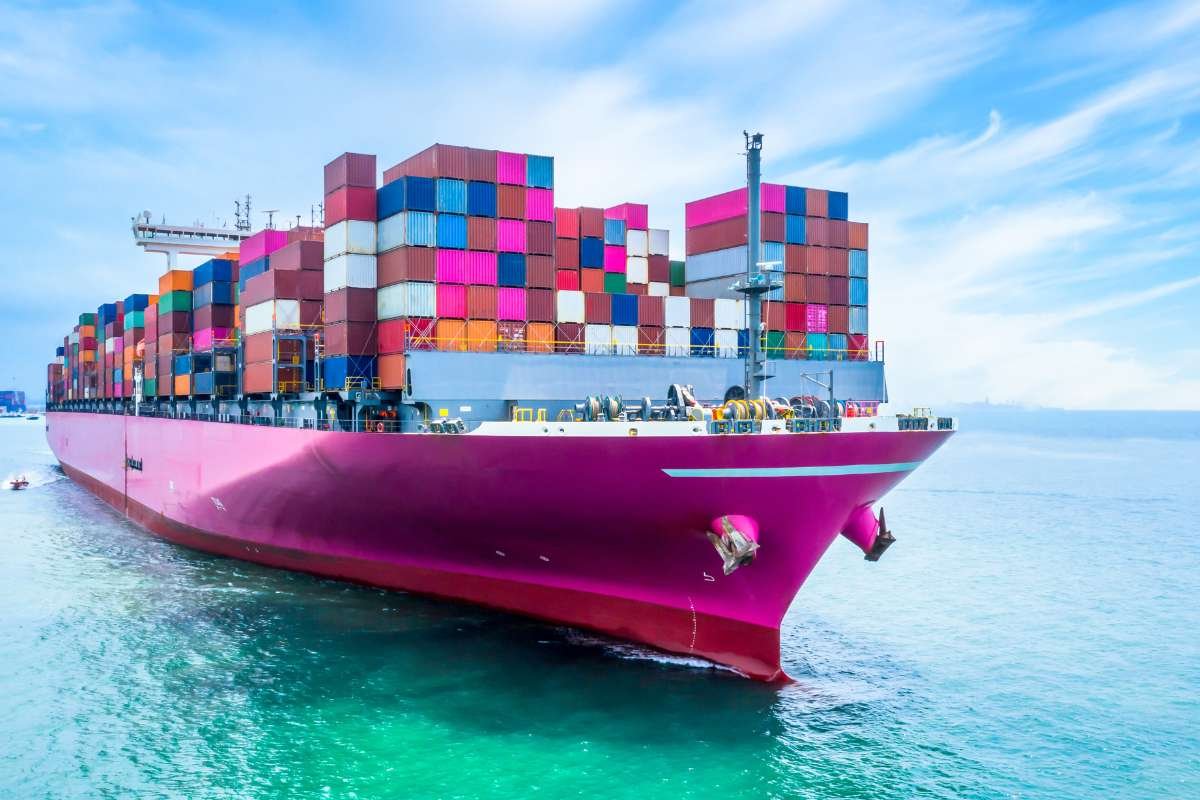There are two important elements when it comes to running your transit agency effectively – making your operations smart and more efficient. But how can you achieve this?
A solution for both elements is implementing Intelligent Transport Systems (ITS) into your network.
Here are some key areas you can focus on for a smarter and more efficient transit agency when incorporating ITS.
1. Preferred vehicle routes
Choosing the right routes for your vehicles is essential for every journey, especially when unforeseen factors impact your network or changes occur in the area of your vehicles. With ITS, you can approach this task smartly and use insights to adjust your vehicle’s routes where necessary.
Using real-time vehicle monitoring, you’ll constantly have accurate data on the position of your vehicle and can receive suggestions on route changes that best suit the current situation. For example, traffic or road closures could indicate an alternative and more efficient route to the next stop.
2. Vehicle arrival times

Another key area where you can be smarter with your transport and boost efficiency is your vehicle arrival times. These times can heavily affect how well you meet rider demand and deliver a satisfying passenger experience.
Monitoring your vehicle with ITS can help you choose the right arrival times for every vehicle at a stop. This means they won’t be arriving too close to each other, or too far apart. You can therefore have a good spread of vehicle arrivals that manage rider demand more efficiently, without having crowded vehicles or missing out on potential passengers during peak times.
3. Overall transport costs

You can also be more efficient with your spending using ITS in your transit agency. There are many ways this can be done, such as ITS helping you choose the most efficient routes for every vehicle journey, which helps reduce the amount of fuel used and cuts costs.
ITS can also offer insights that help you choose the right schedules for your vehicles to optimize rider capacity and adapt to the demand. This can help you avoid missed revenue from transportation gaps, and also only use the number of vehicles needed at one time – to help save unnecessary spending on too many active vehicles.
4. Incidents and issues
Incidents on the road and transport issues are always a challenge for transit agencies, but ITS can help you mitigate this smartly and efficiently. The systems can not only detect certain issues but even predict them before they occur. This includes predicting faulty equipment on a vehicle or identifying when a vehicle has broken down.

With faster issue detection, you can also have more efficient resolution, so you can address the issue without severe disruption, helping journeys to remain seamless and enjoyable for riders. By incorporating the right ITS into your transit agency, you can begin reshaping how you run your operations and manage your transport network with high efficiency.
ITS insights can be essential for a range of smart transport processes. Will you be implementing issue resolution systems, for example? Or have you got plans to optimize your vehicle routes?


















